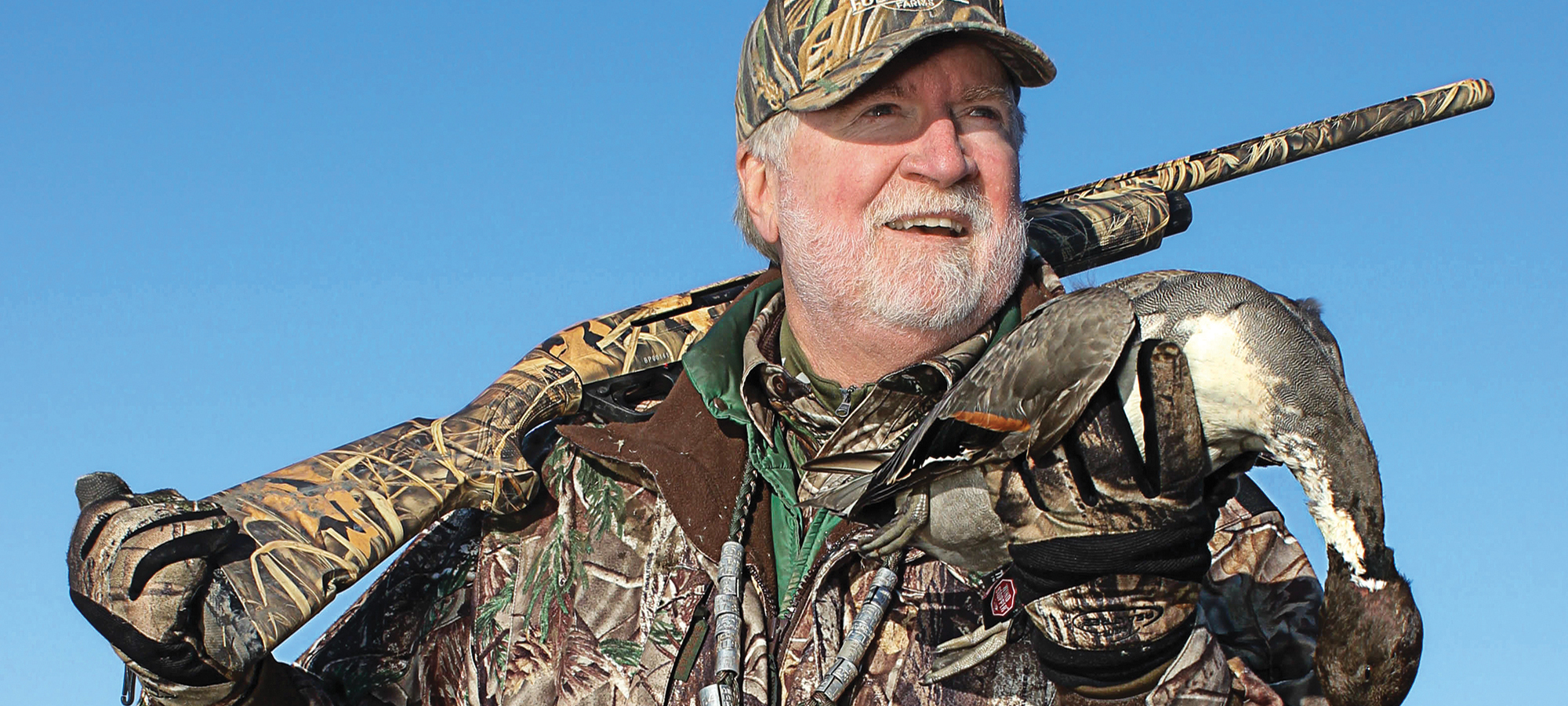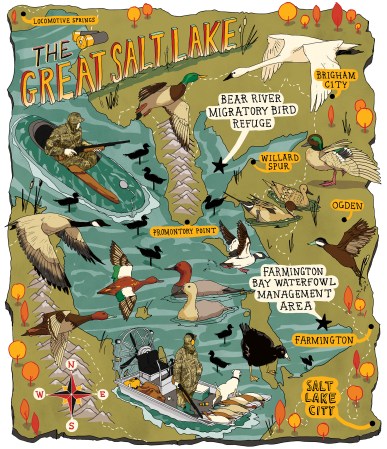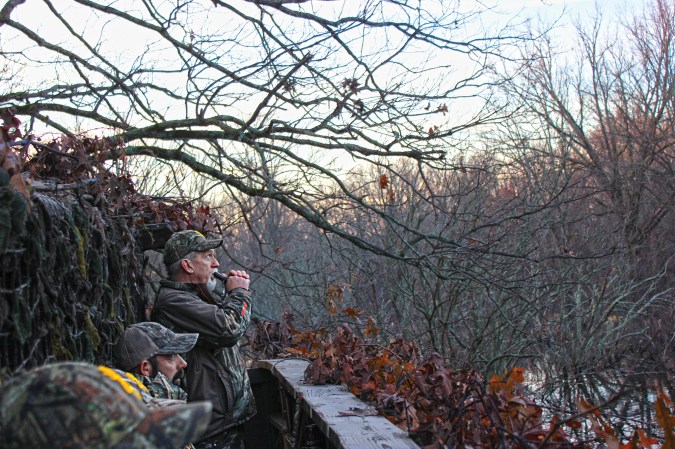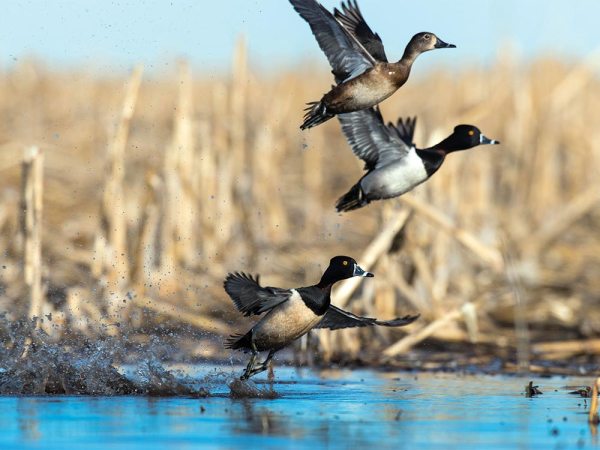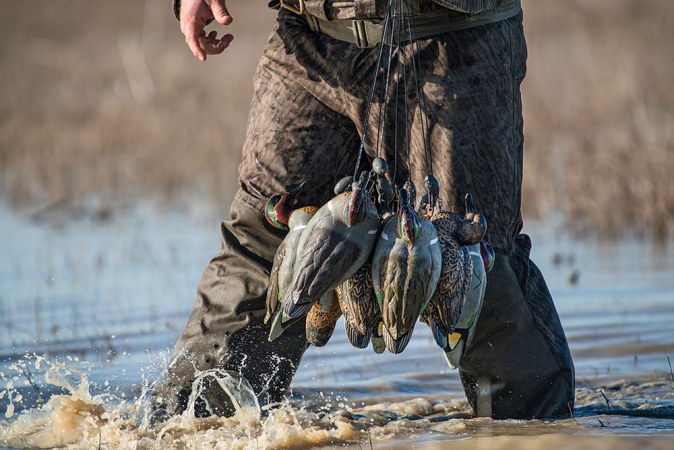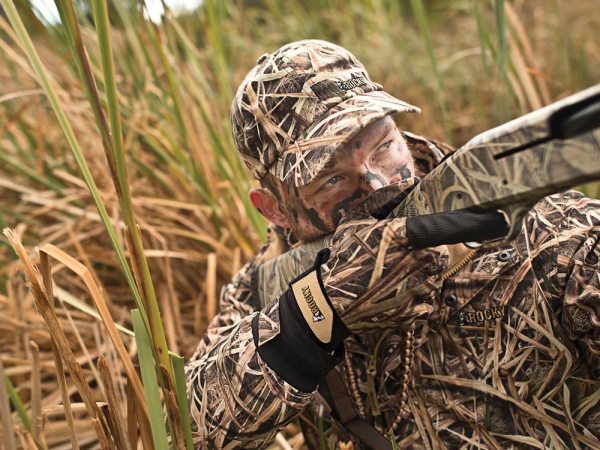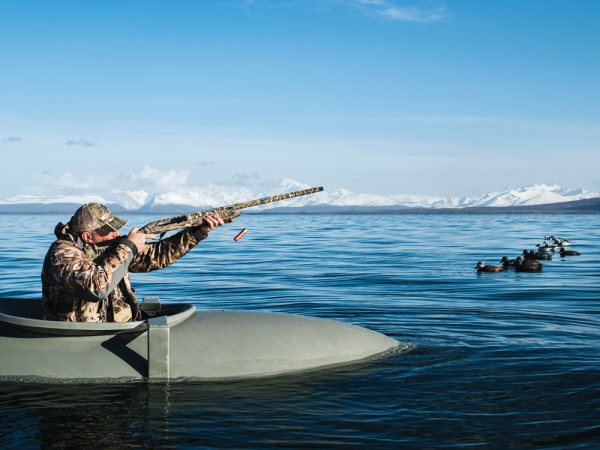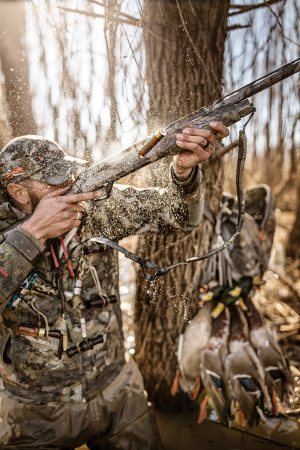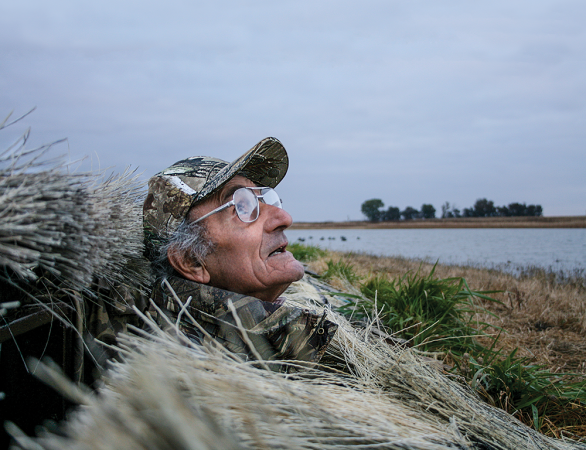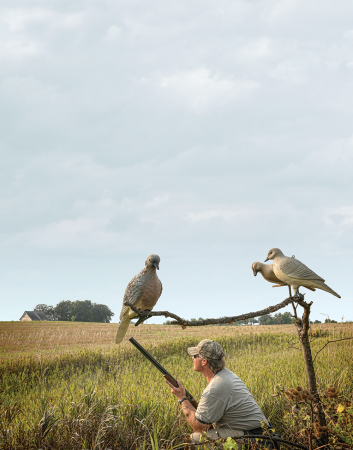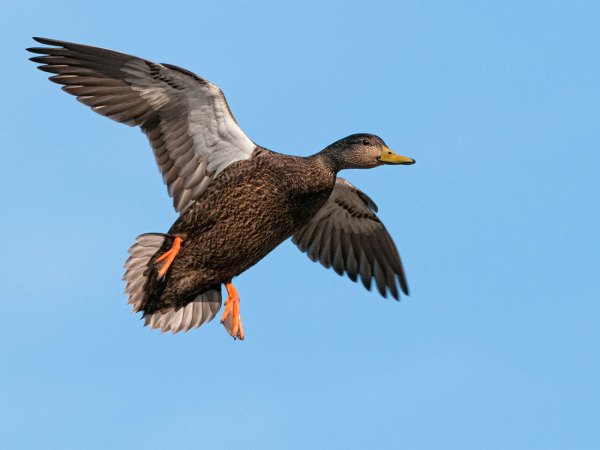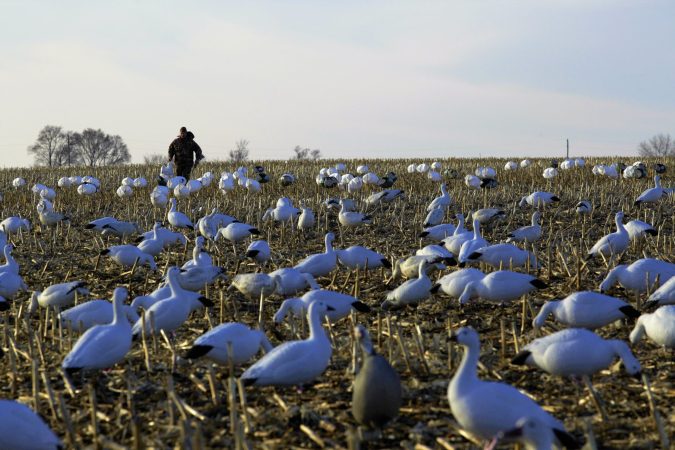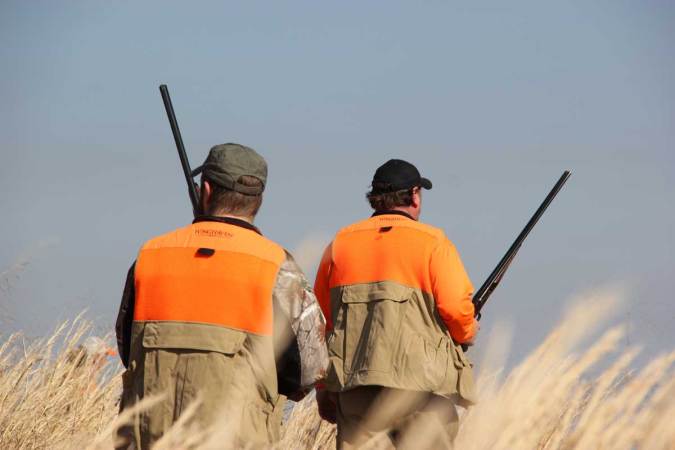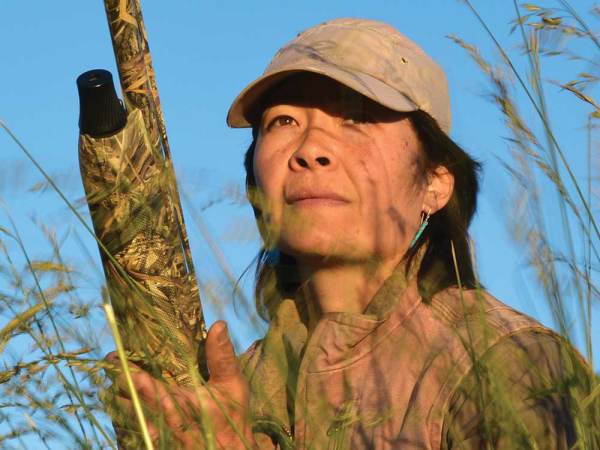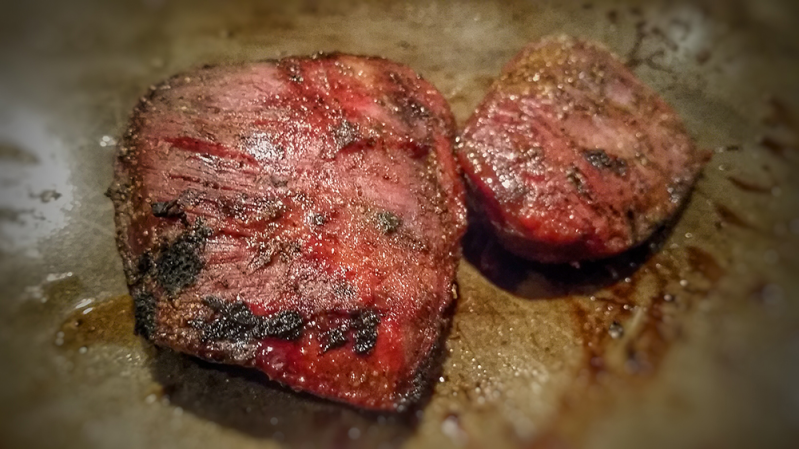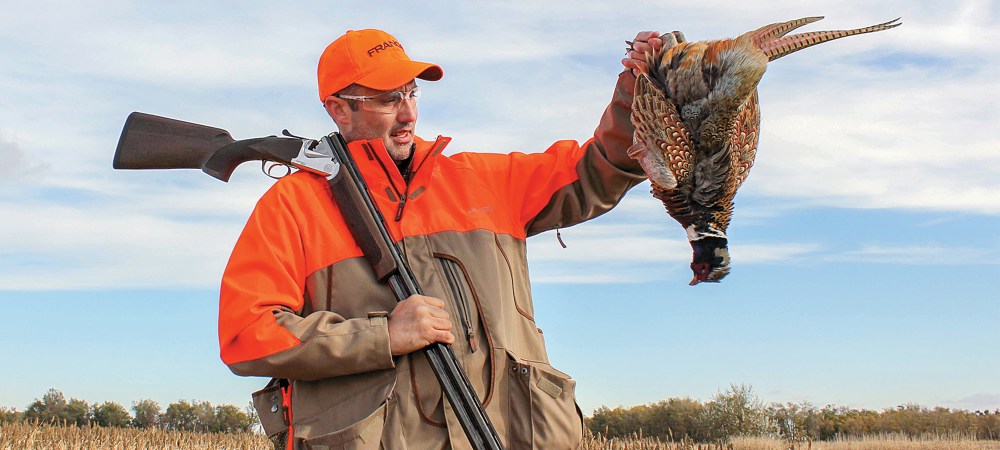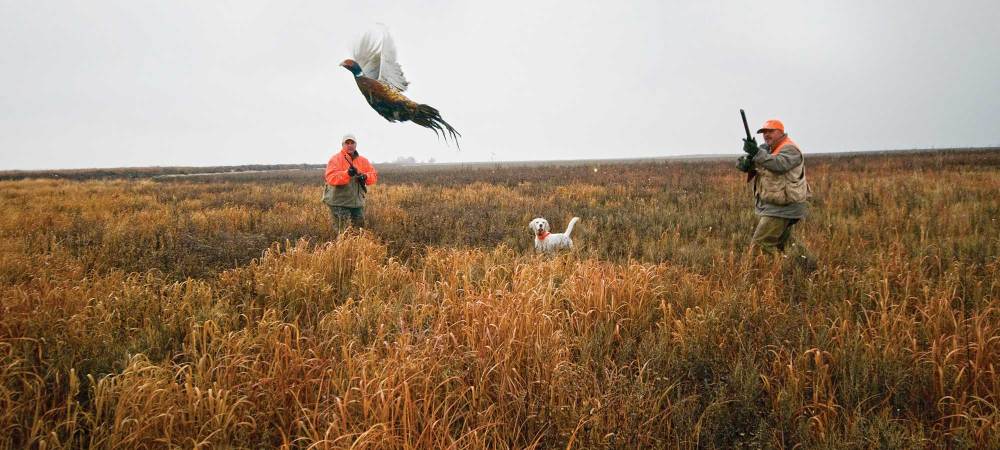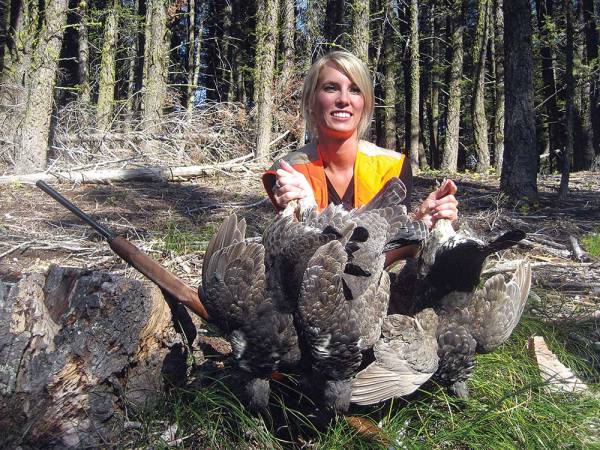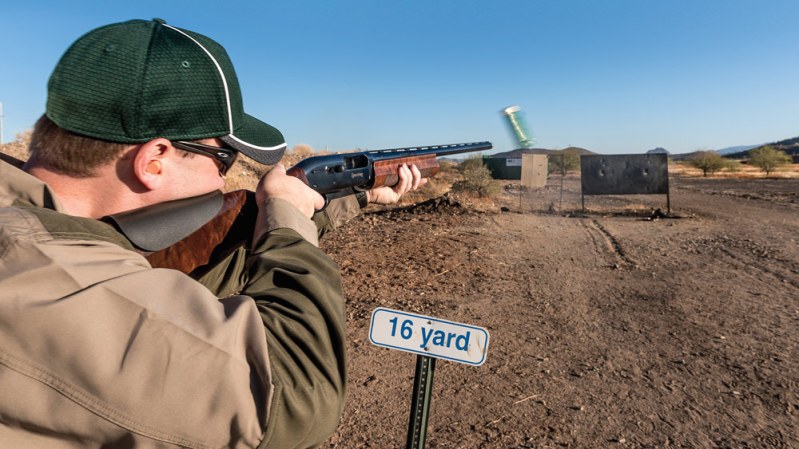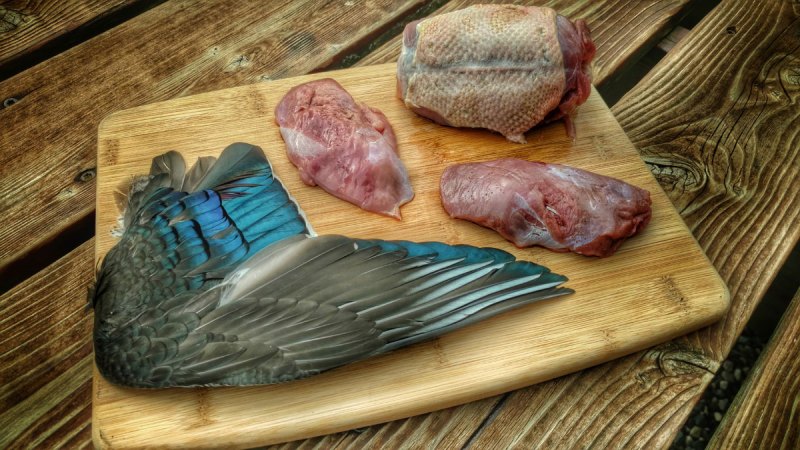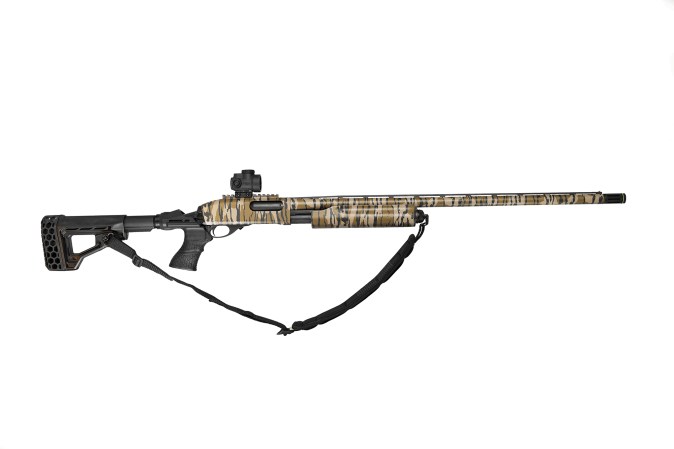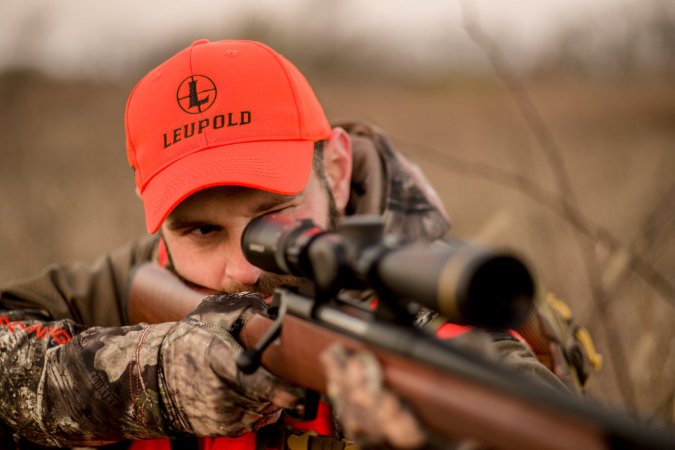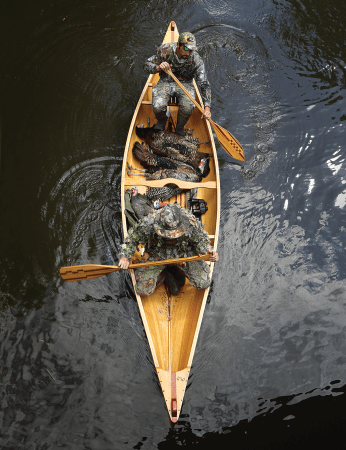We may earn revenue from the products available on this page and participate in affiliate programs. Learn More ›
Okay, if you’re a waterfowler, it’s a safe bet you’ve circled the first day of duck season in red on your calendar, the day when all those birds that have been trickling down from the far north become fair game. Only a die-hard duck hunter would burn a sick day at work to rise at four in the morning, slog through the mud, and face a bitter northwest wind in the hopes of seeing a group of wayfaring mallards cup up and drop into a decoy spread. Only a waterfowler would consider that a good way to spend a day off. In order to make the most of that precious morning, make sure your shooting form is up to snuff and that your gun is delivering optimal performance.
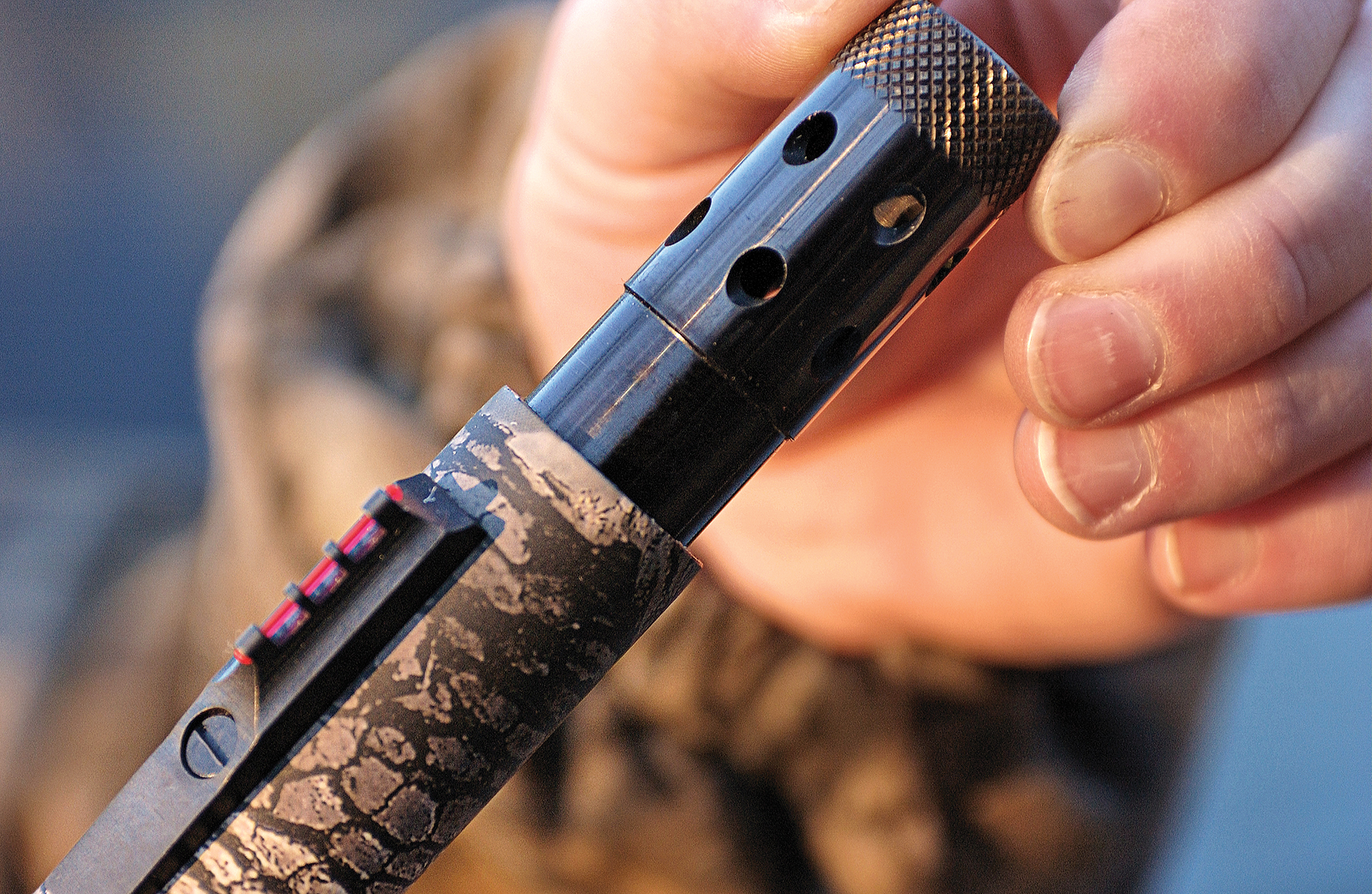
1. TUNE YOUR GUN AND LOADS Rifle shooters love to tune their loads, but you rarely hear shotgun hunters discuss details about load choice. That’s because very few shotgunners realize the value of experimenting with different loads and chokes to find what works best in their gun. The simplest method is to buy several brands of shells and pattern each one with your shotgun, a practice that not only tells you which load performs best, but also gives you an indication of your shotgun’s true point of impact. Perhaps more important than load choice is constriction. Instead of randomly swapping chokes in the blind in a fit of miss-induced frustration, invest a little time at the range figuring out which choke constriction works best. Experiment with aftermarket choke tubes. They cost a little bit extra, but the results are typically worth the money.
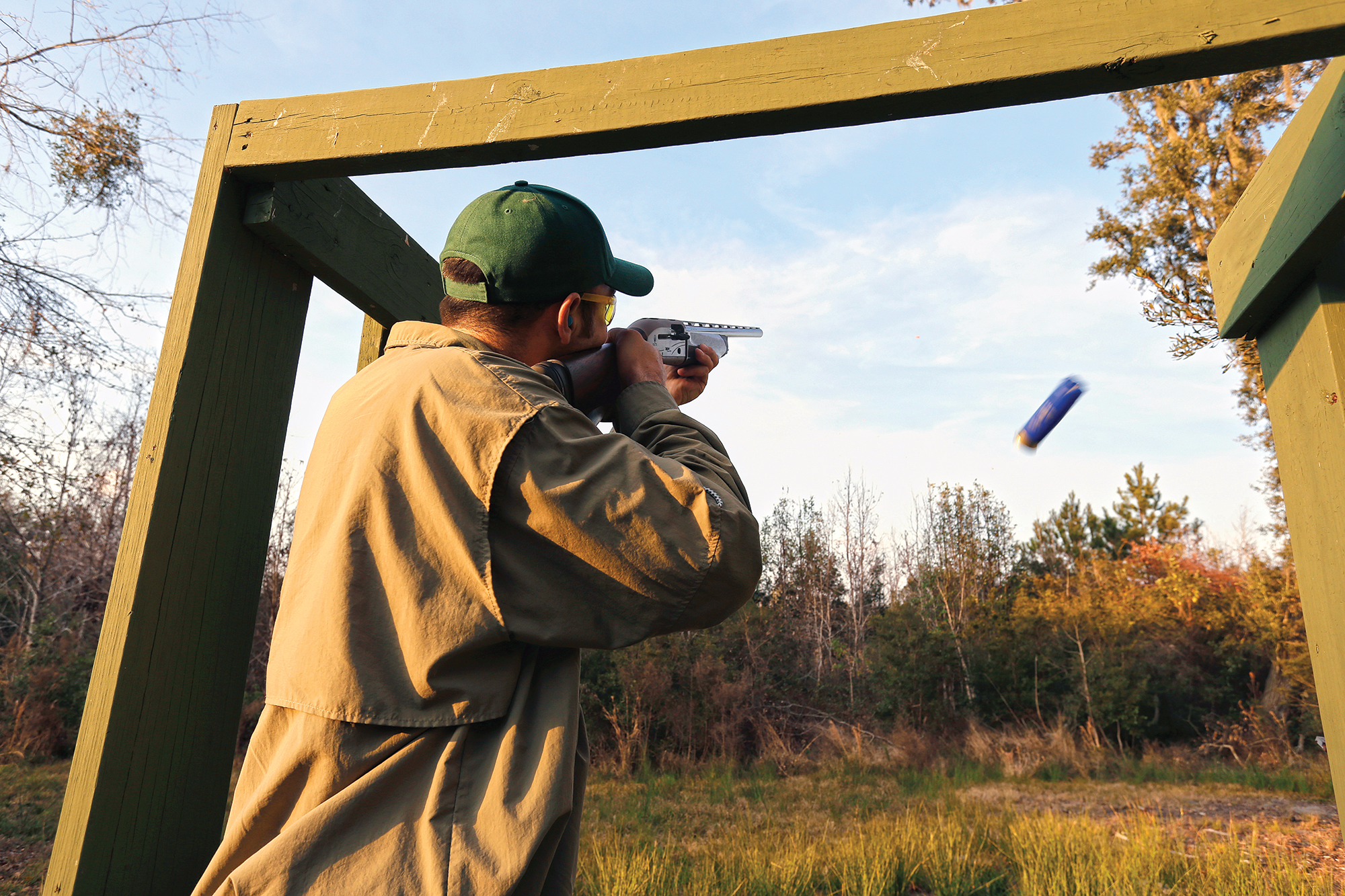
2. SHOOT DOUBLES Every duck hunter should spend time prior to the season shooting doubles on the clays course. Why doubles specifically? Because they help you train your brain to focus on one target at a time. If you doubt the importance of this skill, keep score the next time you’re in the blind. Invariably, when larger groups of ducks approach, the hit percentage drops. The reason for this is that hunters tend to rush shots as they shift focus from one bird to the next instead of zeroing in on a single duck and remaining with it until the end. Killing more ducks is all about being target-focused. As an added bonus, after shooting the second clay, practice following the largest chunk of it as it falls toward the ground.
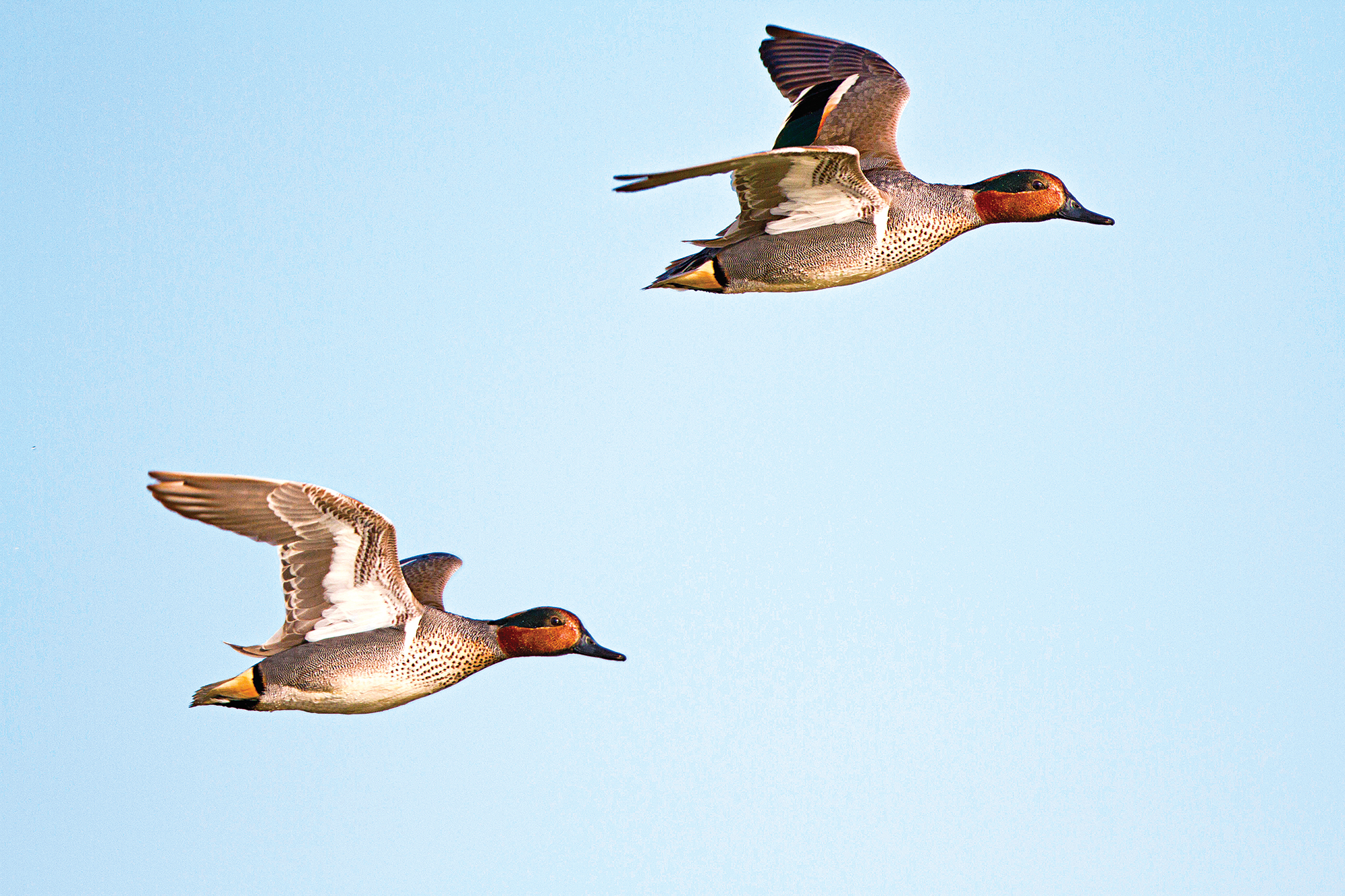
3. CHANGE THE FOCAL POINT It’s absurd to think about a whitetail hunter aiming for the center of the deer and pulling the trigger, but that’s the approach most duck hunters adopt. But you don’t aim a shotgun in the traditional sense of the word; instead, you choose a focal point that becomes, in essence, your aiming point. Shooting for the front of the bird forces you to swing harder and helps you avoid shooting behind the bird, which is the most common way to miss.
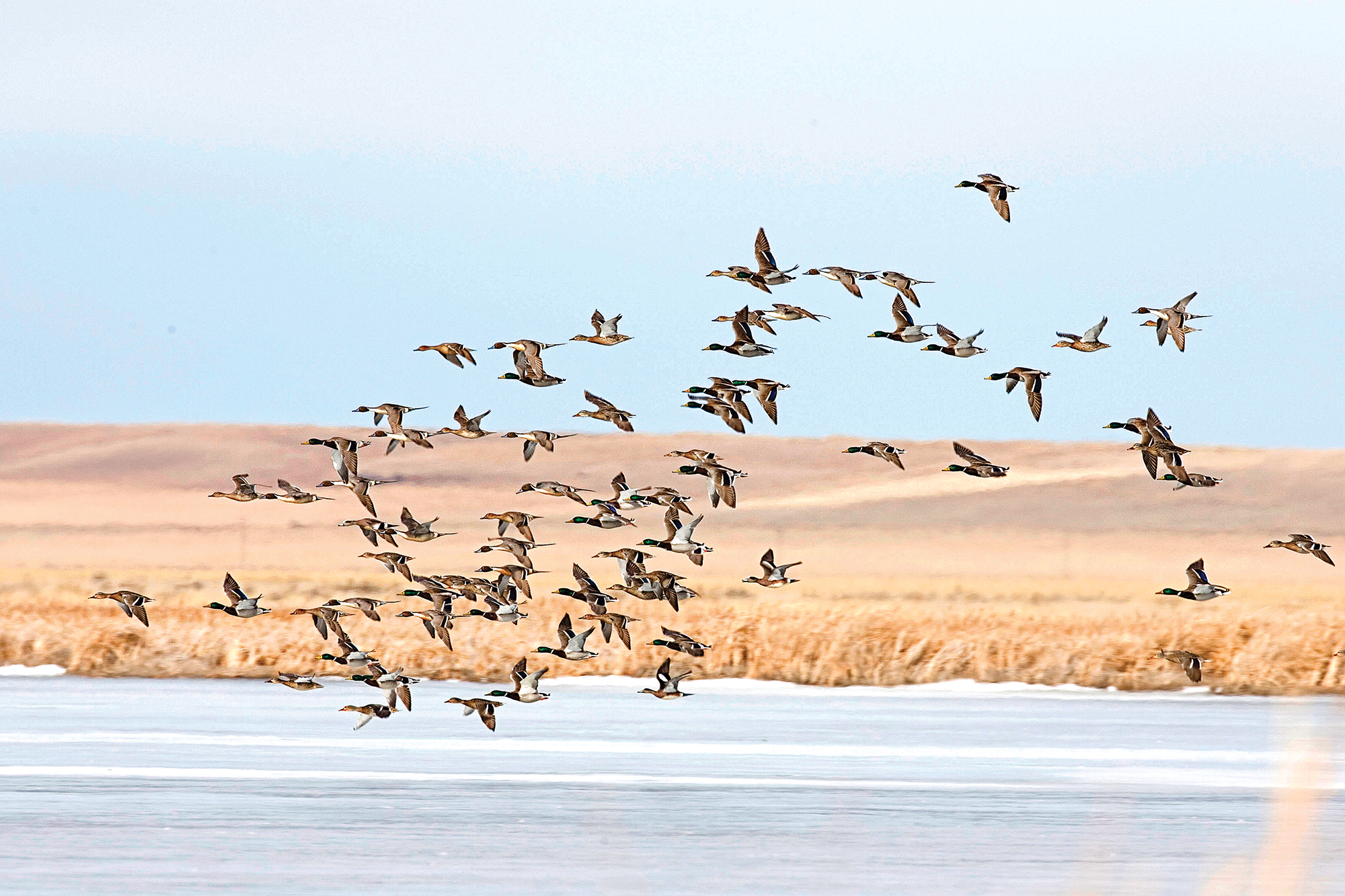
4. ESTIMATE RANGE CORRECTLY Not all of those annoying hunters that jump up to shoot before the ducks are in range are doing so simply to beat you to the bird. Many are genuinely terrible at judging distance. Hopefully you aren’t one of them. But, in your defense, judging range to ducks can be very tough. Both horizontal and vertical range must be determined, and oftentimes—especially over water—there are few visual reference points. The key? Learning the relative sizes of the birds themselves, which don’t change. This is more of an art than a science, and experience is the best education. I find that on a clear or slightly overcast day, when I can see detail on the birds, they are in range. That means identifying the colors of a wing speculum or recognizing individual primary feathers. Another trick: Place a couple decoys 25 yards from your shooting position for reference.
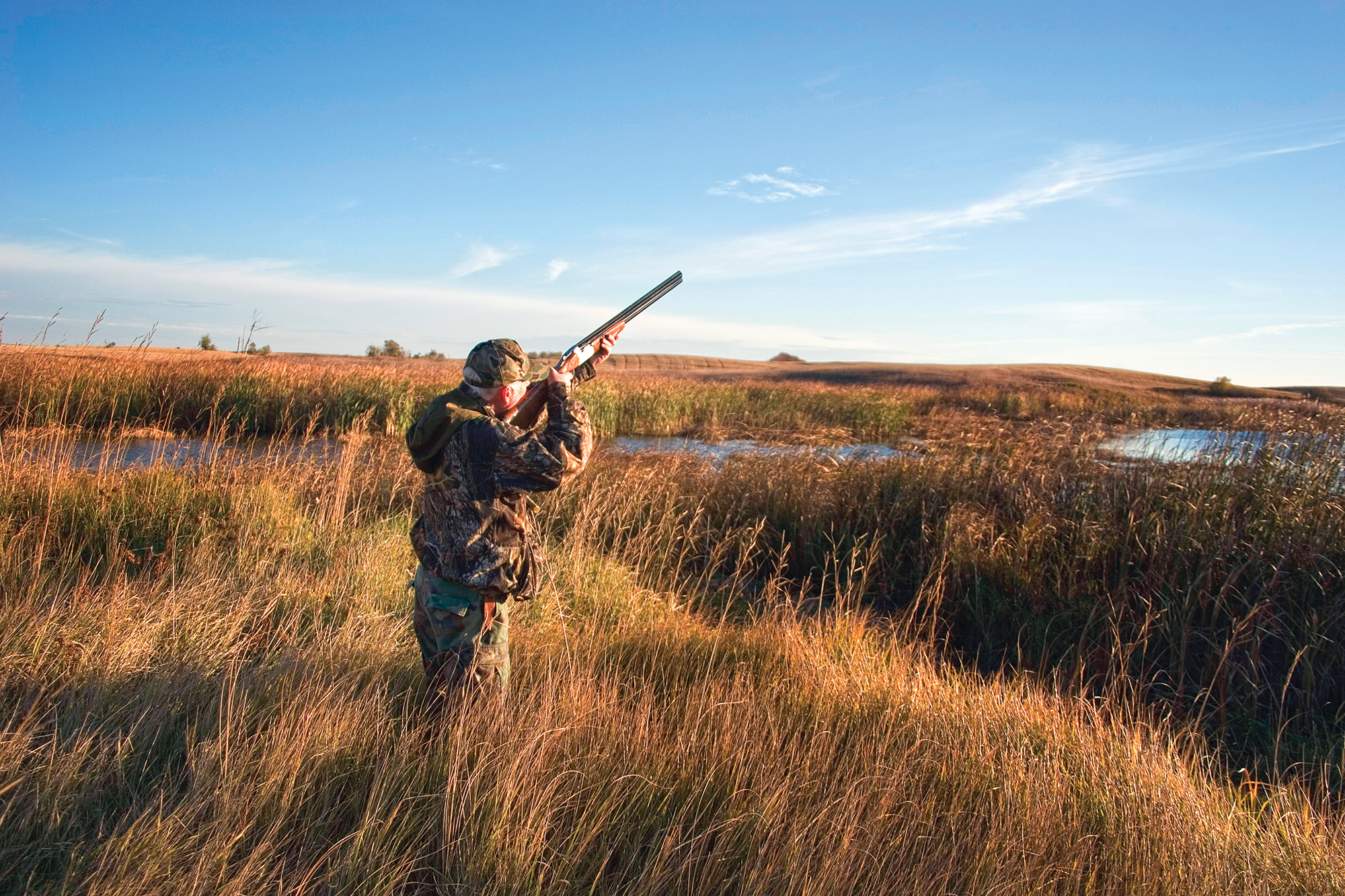
5. SLOW DOWN Another big mistake that most hunters make is shooting too quickly. This means they rush their first shot, then rush subsequent shots in an effort to make up in ounces of steel shot what they lack in patience. Odds are you have more time to shoot than you think you do, so make sure that your mount and swing is smooth, remain small-target-focused, and don’t lose muzzle movement. Rushing a shot leads to missing, as the fundamentals of good shooting form are jettisoned in a misguided attempt to fill the sky with pellets.
